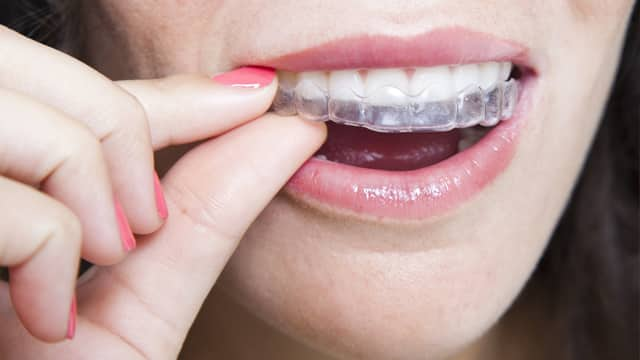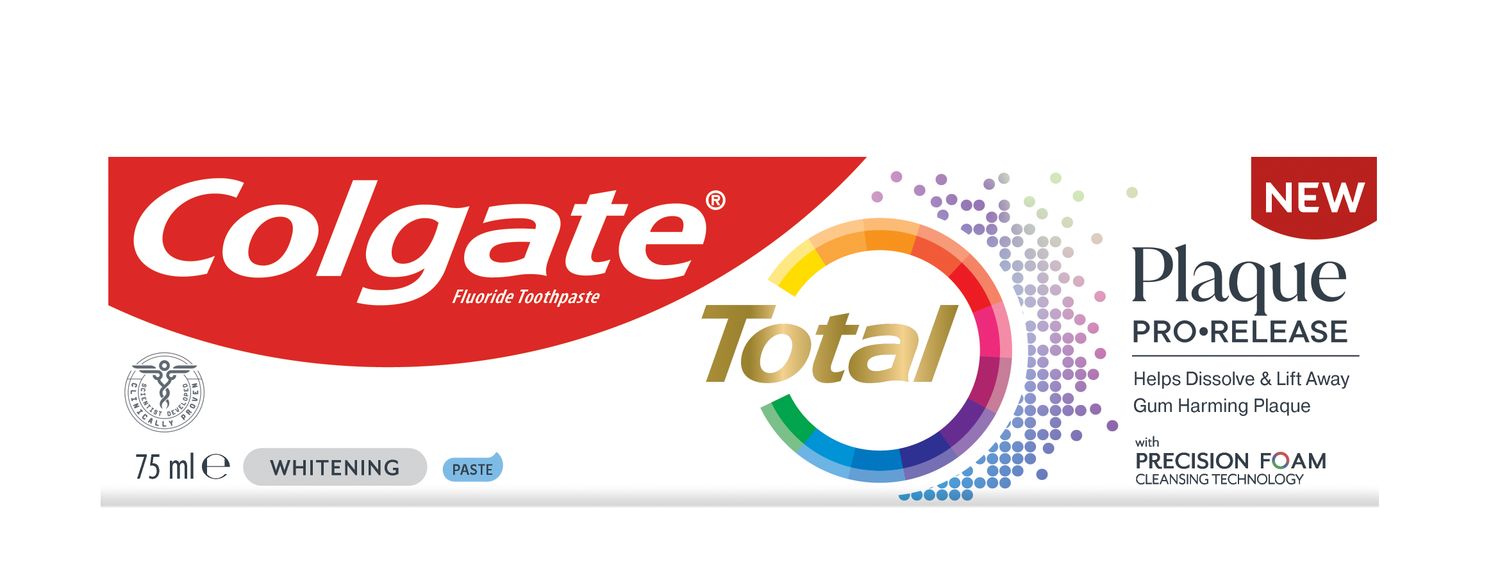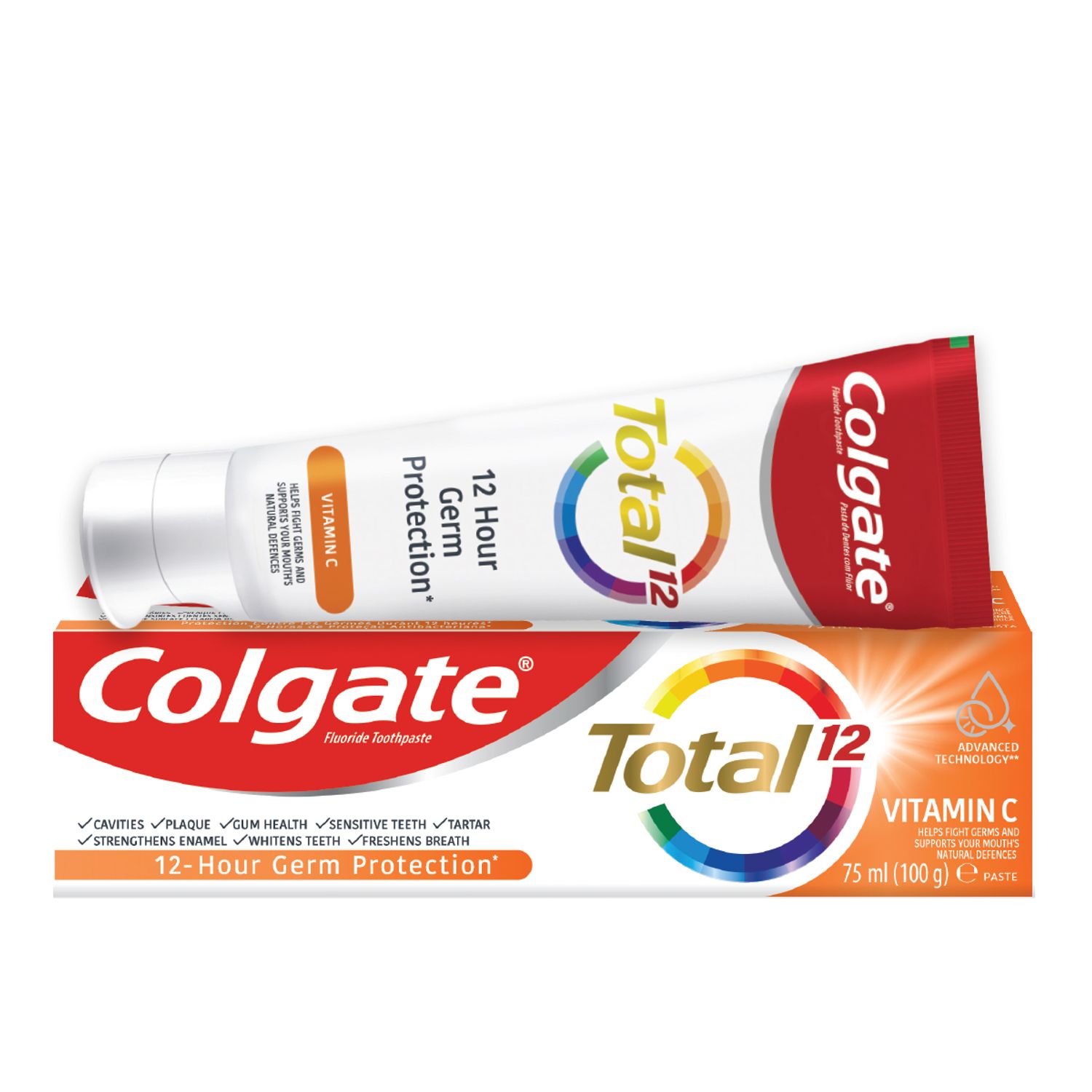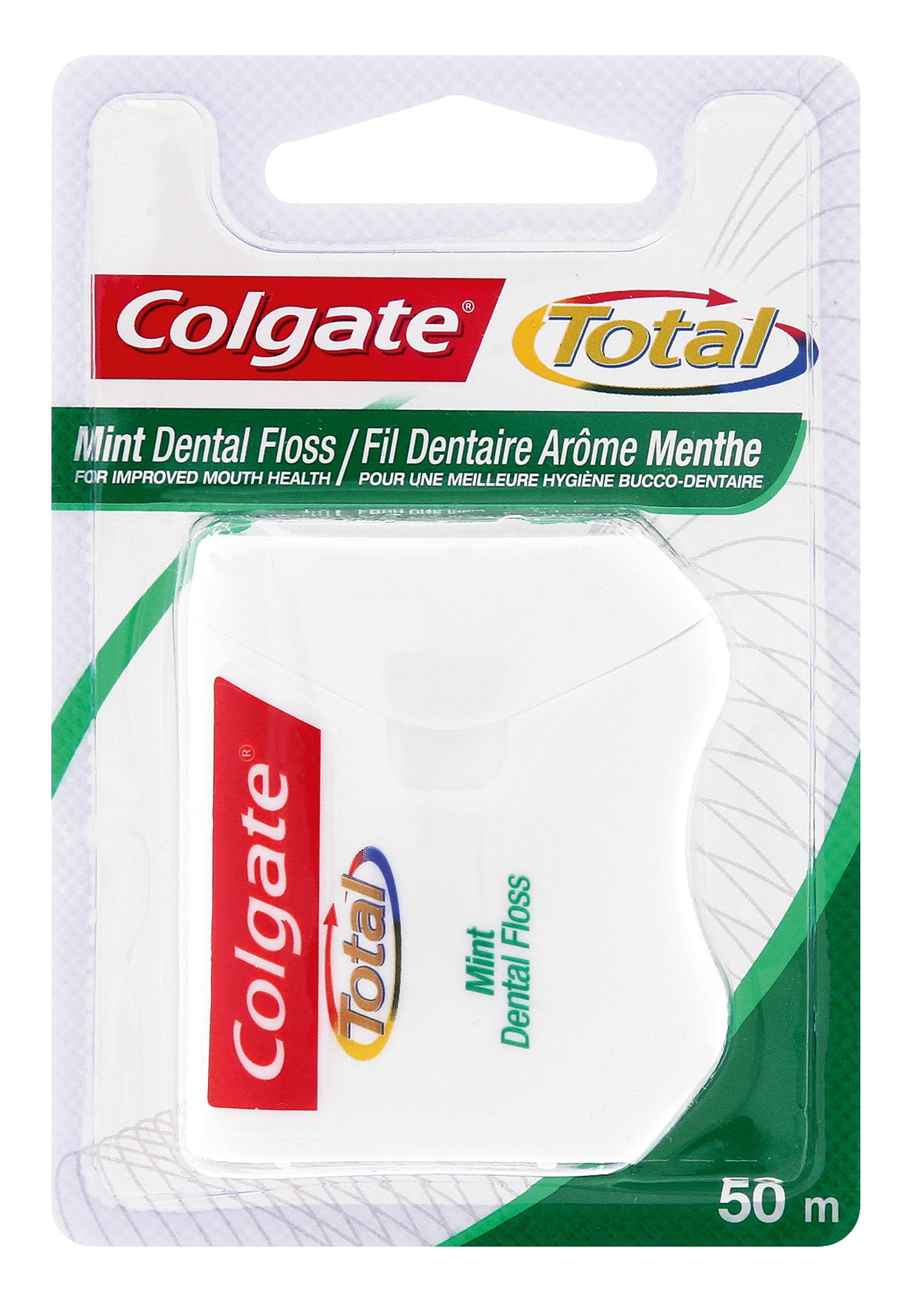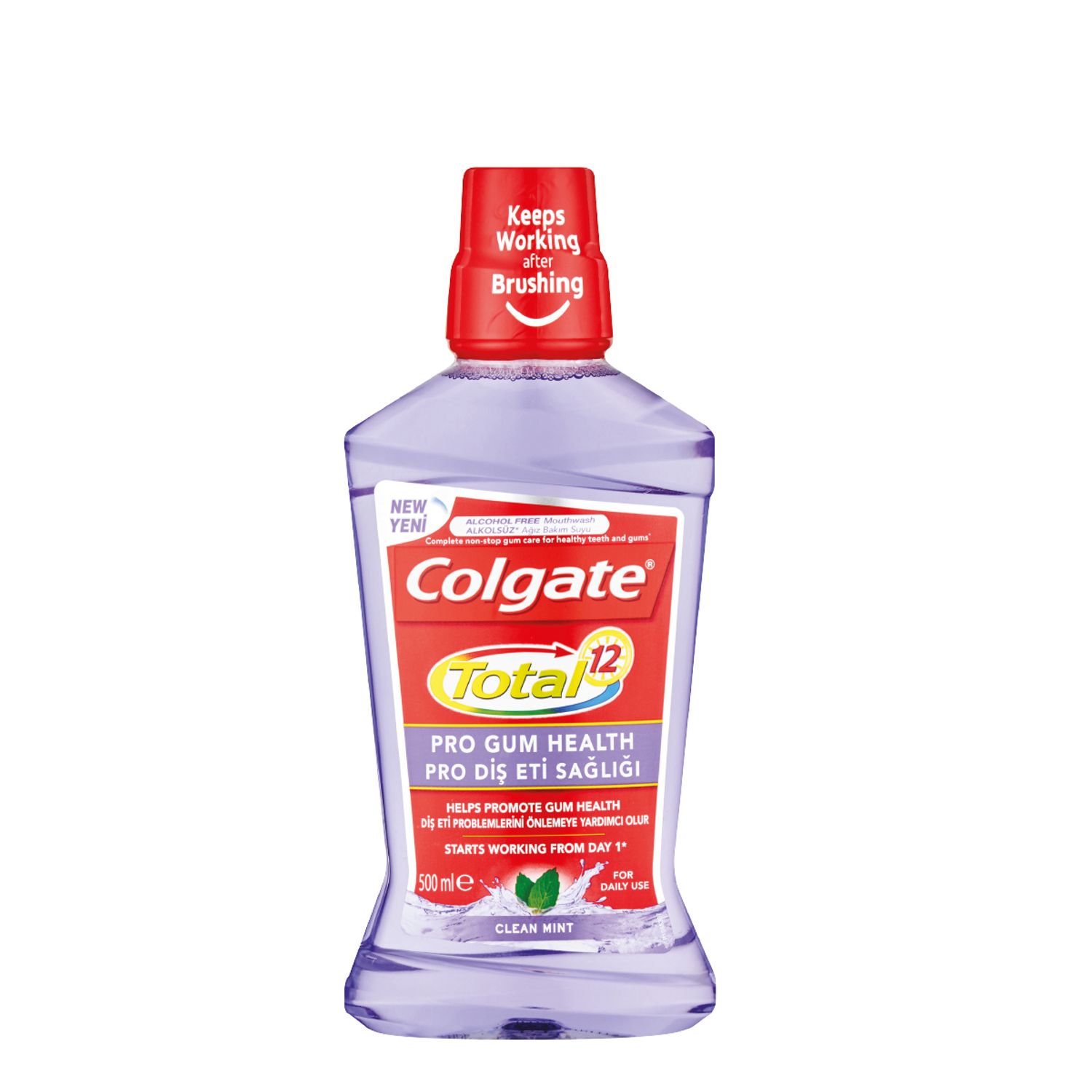-
-

CAVITIES
Can You Heal A Cavity At Home?You feel a sharp pain when you bite down or try to eat. You think it's a cavity, but you're not 100 percent sure...

BAD BREATH
How To Cure Bad BreathMore commonly known as bad breath, halitosis is an embarrassing hygiene issue that nobody wants, but some of us get every now and then...
-
Science & Innovation
- Colgate® | Toothpaste, Toothbrushes & Oral Care Resources
- Oral Health
- Early Orthodontics
- Diastemas and Treatment Options


What is a Diastema and How do I Treat It?
A “diastema” is an area of extra space between two or more teeth. It most frequently occurs in the two front teeth of the upper jaw area. Many children experience diastema as primary teeth fall out, though in most cases these spaces close when the permanent teeth erupt.
Diastemas may also be caused by a tooth size discrepancy, missing teeth or an oversized labial frenum – the tissue that extends from the inside of the lip to the gum tissue where the upper two front teeth are located. Secondary reasons involve oral alignment issues, such as an overjet or protrusion of the teeth.1
What are My Treatment Options?
Once your dentist or dental specialist has determined the reason for your diastema, a treatment plan will be discussed. Options may include:
- Keep the diastema.
- Orthodontic treatment to move the teeth and close the diastema.
- Use porcelain veneers – very thin pieces of porcelain bonded to the outside of the teeth.
- Crown and bridge work or replacement of teeth with implants (adults only).
If you have an oversized labial frenum, you may be referred to a periodontist for an oral consultation and surgical procedure called a frenectomy. This procedure involves cutting the frenum and then repositioning it to allow for more flexibility. If the frenectomy is conducted on a child, the space may close by itself. If it is a teenager or adult, the space may need to be closed with braces. A consultation with your dentist is essential to determine which treatment is the right solution for you.
© Copyright 2009 Colgate-Palmolive
1 Frazier-Bowers, S., Maxbauer, E. Orthodontics. Dental Hygiene Concepts, Cases, and Competencies. Mosby, 2008, 699-706.
Related Products

Helping dental professionals
More professionals across the world trust Colgate. Find resources, products, and information to give your patients a healthier future






